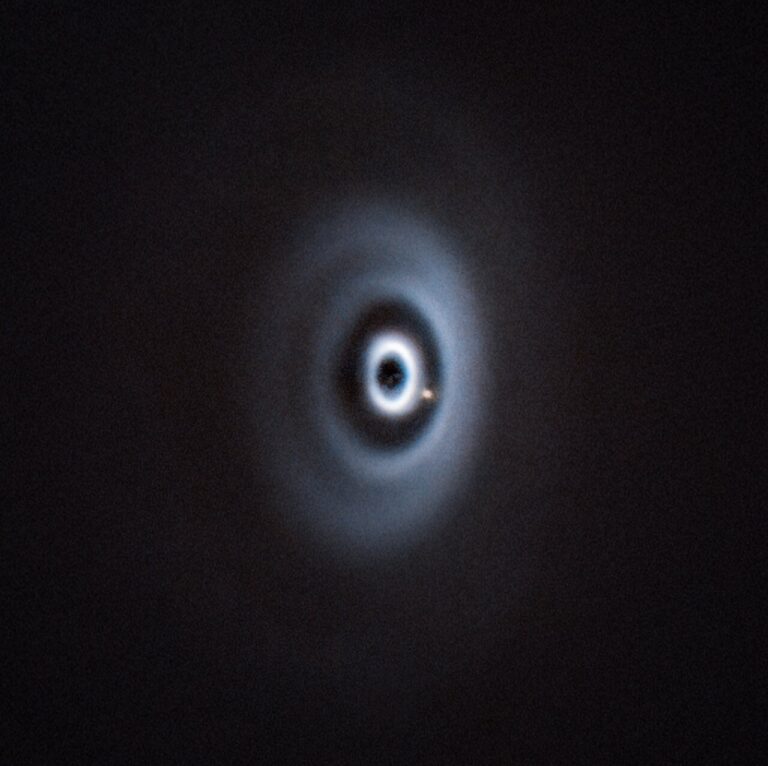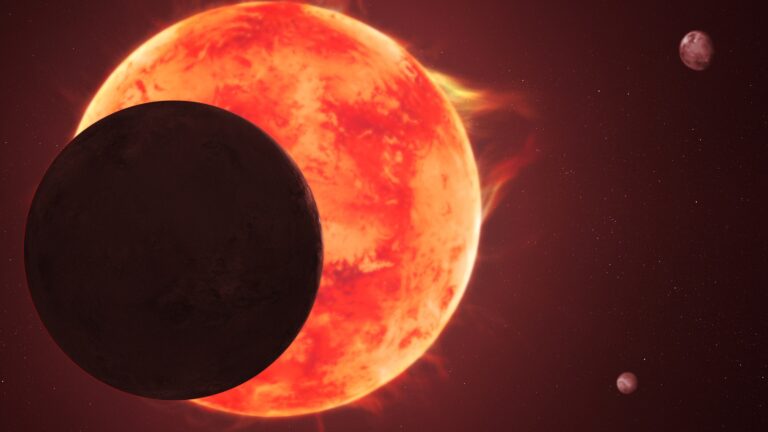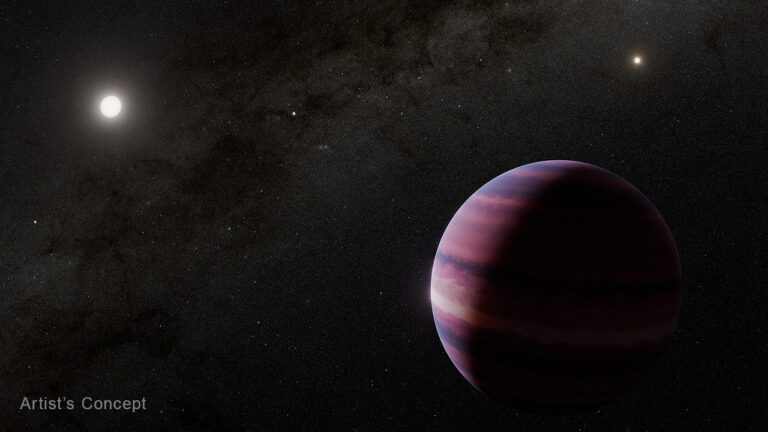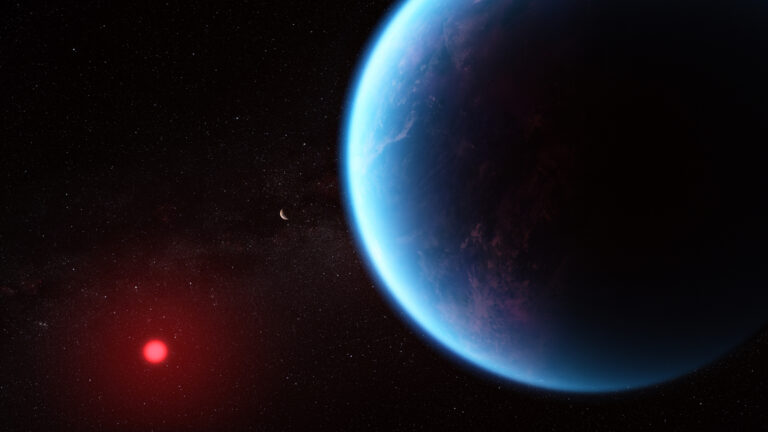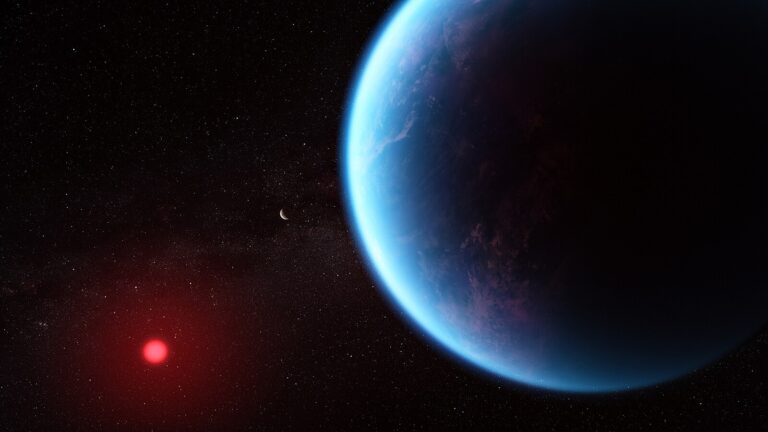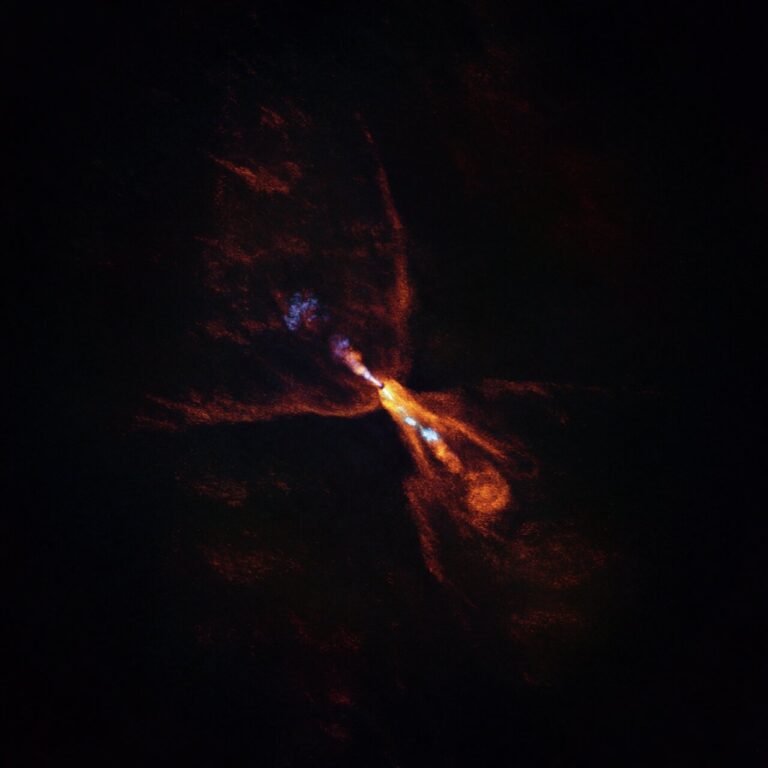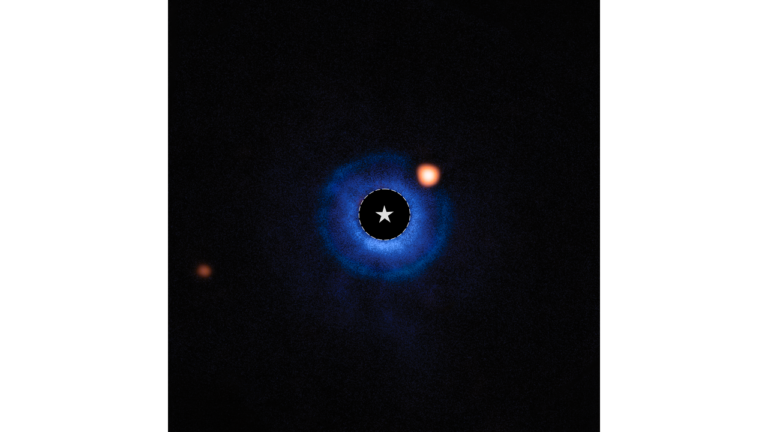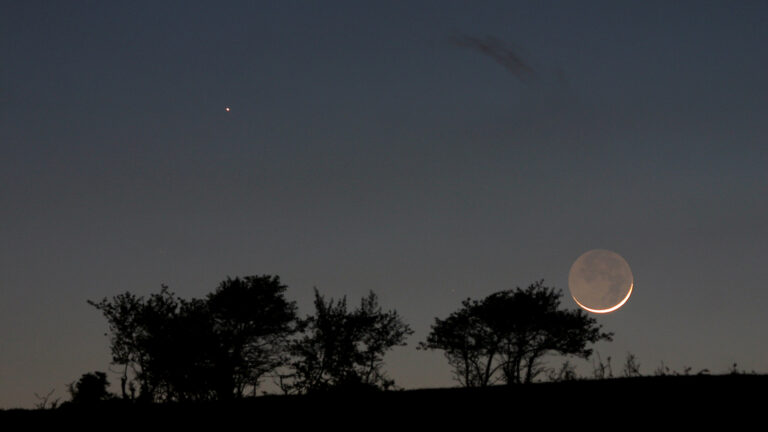Key Takeaways:
- Exoplanet transits produce well-characterized, U-shaped light curves with sharp, circular signatures, which differ from starspots that exhibit non-circular shapes, varying periods due to positional shifts, and larger amplitude, sine-like light variations.
- Unlike self-luminous stellar companions that cause V-shaped eclipses and a measurable change in light color, exoplanets transit as non-luminous, black disks, which result in a distinct U-shaped diminution of stellar light.
- Exoplanet transits typically maintain a consistent periodicity, with their characteristic U-shaped light curve, influenced by the planet's opacity and the star's limb darkening, enabling the determination of planetary size from transit depth.
- Nevertheless, accurately distinguishing exoplanet transits from other stellar phenomena, such as starspots or eclipsing binary companions, can be complicated by factors like smaller planet sizes, highly variable host stars, or insufficient light curve data quality.
Starspots can occupy the same area as an exoplanet (or larger or smaller) and dim starlight as they rotate in and out of view. However, a number of things distinguish them from a planet transit. Spots do not have sharp edges or circular shapes, but they do appear with each stellar rotation and have a period that can mimic a planet. Spots, however, move in both longitude and latitude as the star rotates, causing their period to change slightly after a few rotations. Stars with spots also tend to have larger amplitude variations in their light, which are usually greater than a planet transit depth and lead to a sine-like light curve.
Stellar companions differ from exoplanet transits in a number of ways as well. Planets do not shine in the optical-light wavelengths, so they cross the star as black disks. Binary companions are self-luminous and cause not only a different shape of eclipse (V compared to a U shape) but also a color change in the light. This happens because they block some light and emit some as well, changing the total light color we see during their eclipse.
Exoplanet transits are usually U-shaped due to both their blackness and the host stars’ limb darkening — where the center of the star is brighter than the edge. They also keep the same period in most cases (exceptions are exoplanets in highly elliptical orbits). We measure the planet’s size by the depth of its transit, given that the star’s radius is known.
Thus, while it is often the case that astronomers can distinguish a planet transit from starspots or eclipsing binary companions, it is not perfect. Smaller planets, more variable stars, and less than optimal light curve data can be confusing and fool us at times.
NASA Ames Research Center
Moffett Field, California


